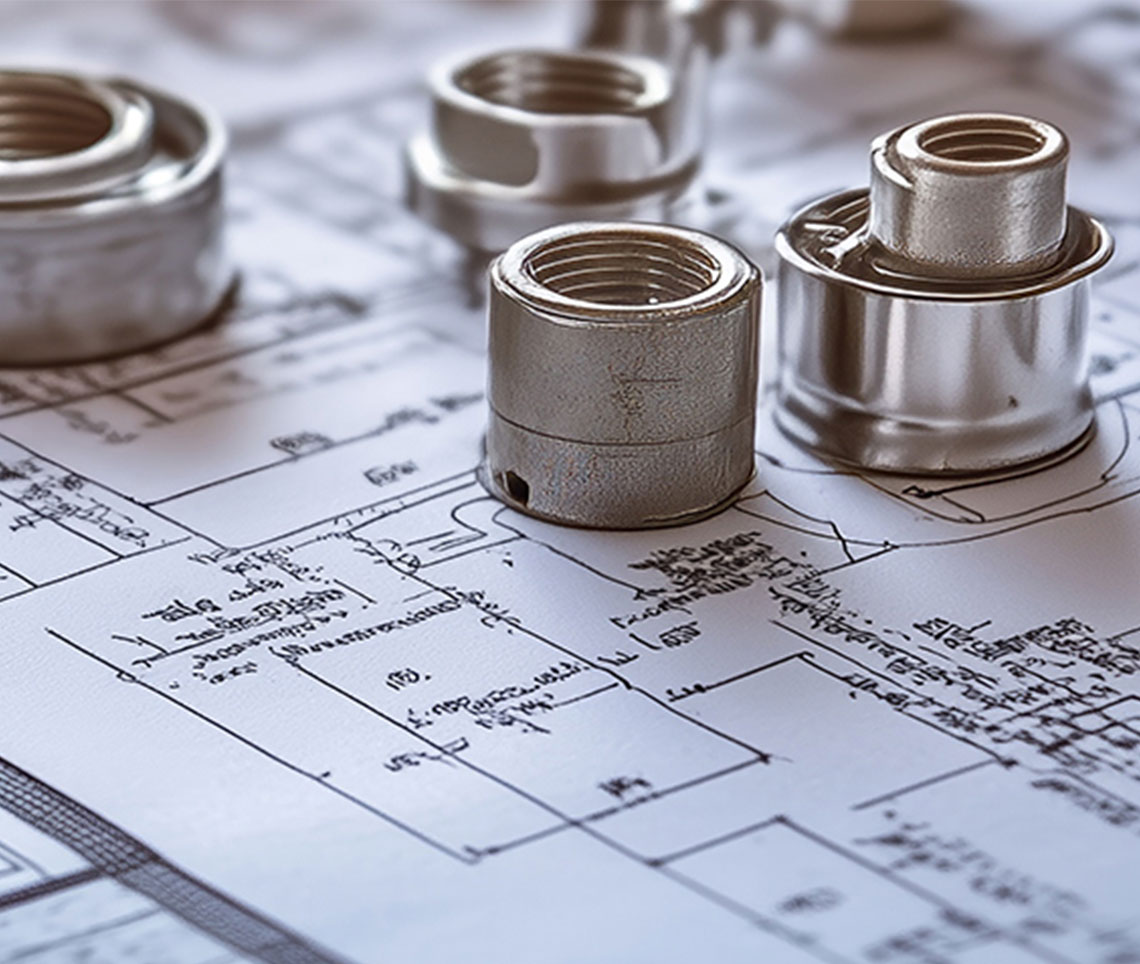Ice in the Lines
June 9, 2020 Jeff Rosenblum
Did you know that ice can form in a vacuum even when it’s warm out? So what causes this (water freezing under vacuum) and how do we prevent it?
The state of water can be changed by changing the pressure to it. If we raise the pressure we can raise the boiling point. By lowering the pressure we can lower the boiling point. However, by lowering the boiling point by pulling a vacuum, we can also cause moisture to crystalize (freeze).
Now, if the vacuum pump was left on for long enough, the ice would eventually melt and change back to water and then be removed by the vacuum pump. A good way to test to see if you have moisture or ice is to valve off the vacuum pump during the evacuation process and observe the micron reading. If it continues to climb, you have one of two issues. It can be either moisture or a leak. A leak should have been found before this point when the system was pressurized prior to evacuation. This leaves us with moisture. If you suspect moisture in the system a triple evacuation can be used to speed up the evacuation.
The triple evacuation is a relatively simple task as outlined below:
- Pull a vacuum to 4000 microns
- Break the vacuum with dry nitrogen
- Pull a vacuum to 1500 microns
- Break it with dry nitrogen again
- Pull a final vacuum to 500 microns or less
Here are a few points to follow
- There will always be moisture in the system. How much depends on the environment you are working in.
- When the internal volume of the system you are evacuating is very small it is easier to create ice (ductless systems etc…). Smaller systems should be triple evacuated (follow manufacturers recommendations).
- When finished pulling a vacuum, valve off the micron gauge from the pump and watch for rapid increases. If you have ice you will see a spike when the micron gauge is isolated.
- Use a quality micron gauge that can show a leak rate so you can see if there is an issue.
- The conclusion is to always use a micron gauge and nitrogen when needed to get the moisture removed.
Jeff Rosenblum
Technical Support
21 Years Industry Experience
Cell (330) 962-2491
[email protected]















